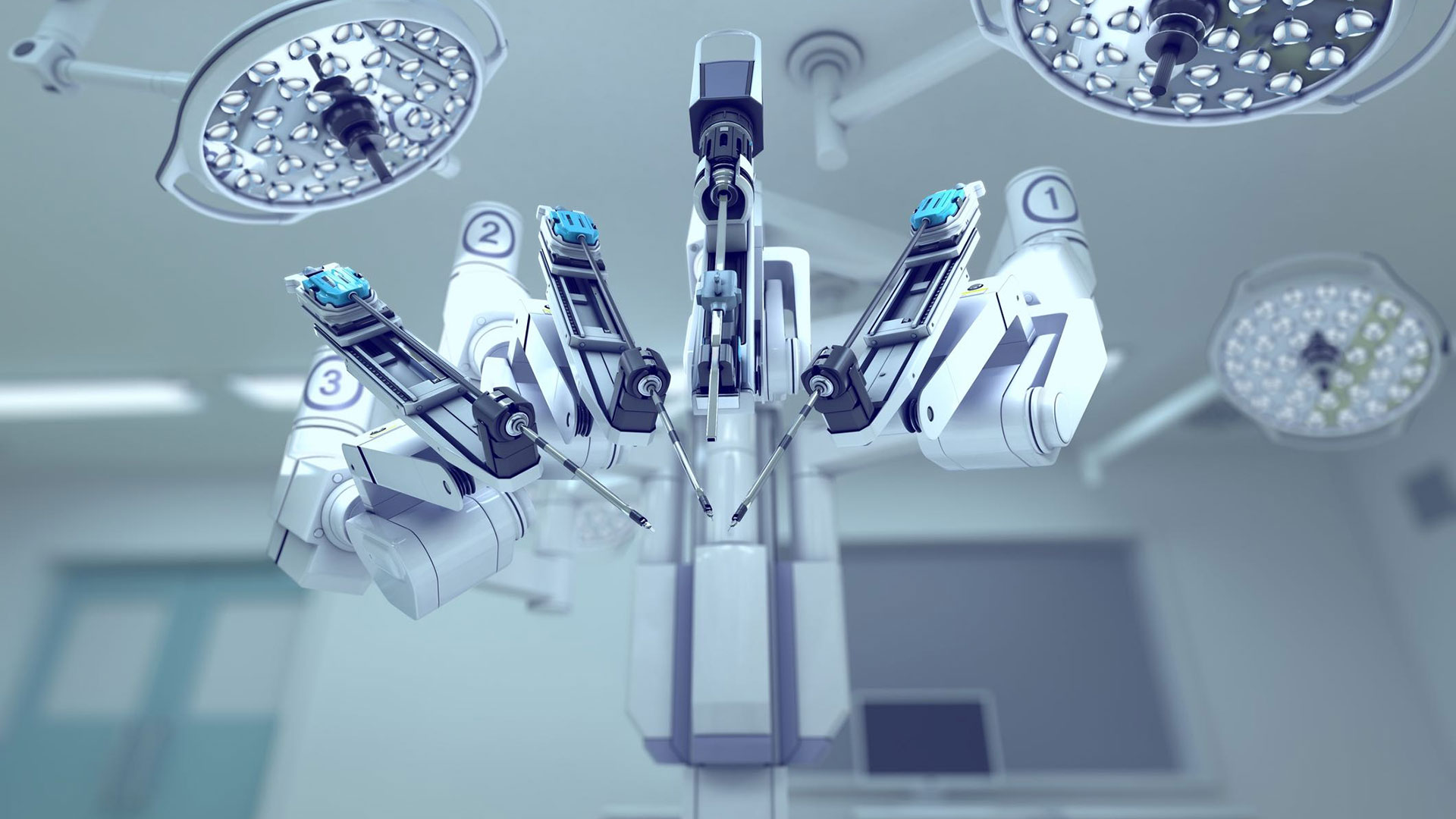The FDA recently issued a warning about the use of robotic surgery for mastectomies and other cancer-related surgeries. The warning focused on preliminary evidence that the robotic-assisted procedures may be linked to lower long-term survival, but more research is needed.
Robotic surgery allows for a minimally invasive approach; and with smaller incisions, the approach can lead to less post-op pain, scarring, chance of infection, and quicker recovery time. While robotic surgeries are safe (and FDA-approved) for non-cancer related procedures, their effectiveness and safety has not been adequately tested for cancer-related surgeries.
We checked in with Roshni Rao, MD, renown expert in breast care and chief of the Breast Surgery program at Columbia University Irving Medical Center, to learn more about what this report means for the treatment of breast cancer.
Q: Why are robotic devices under scrutiny for use during mastectomy, specifically?
A: The issue at hand is that the robot has been shown to be beneficial for only certain types of procedures and was therefore only approved for use in these procedures. The use of the robot is now being expanded to mastectomy, and that is where the FDA does have oversight because it is an actual medical device.
The question when utilizing any new device is how much it benefits the patient. It is unclear, at this point, if robotic mastectomy provides any actual advantage over the traditional techniques of electrocautery, scalpel, scissors.
I myself do use a small camera during my nipple sparing mastectomies as it allows for better visualization in certain areas of the operation, and I do perform the procedure to the traditional landmarks.
Q: How does using the camera to assist in surgery differ from the robotic device in question?
A: The camera I use facilitates visualization at the parts of the dissection that is furthest away from the incision. The operation is still the same and performed with all the same equipment. The robotic device utilizes different equipment all together to perform this operation.
Q: What surgical techniques do you use to perform mastectomies?
A: To perform a proper mastectomy, we use the anatomic landmarks of the clavicle, the sternum, the latissimus muscle, and the infra-mammary fold (or top of the rectus muscle) to guide what we remove.
We can perform this operation with several techniques–i.e., some surgeons use electrocautery, some use a scalpel, some like to use scissors. Any of these techniques are fine, as long as the standard tissue is removed.
Q: There are many types of mastectomies, from simple to skin and nipple sparing. What are the most common procedures you perform?
A: The most common is a skin-sparing mastectomy as most patients are candidates for this along with their reconstruction. At Columbia, we do perform a lot of nipple-sparing mastectomies, and this can be a great option for those patients who have certain breast anatomy that facilitates this approach—the selection of surgery is highly personalized.
Q: Between breast-conserving surgery and mastectomy—what’s the difference, and who should get a mastectomy?
A: Breast-conserving surgery is where we remove just that part of the breast where the cancer is, along with a rim of normal tissue surrounding it-what we call margins. Patients who have this operation generally have to undergo radiation afterward.
For patients who have a total mastectomy, the entire breast is removed, and many of these patients are able to avoid radiation. The survival between these two operations is the same.
The choice of operation is very complicated. It depends on family history, personal risk factors, other medical conditions the patient may have—the size of the tumor, specific tumor features, and a patient’s individual values. This decision is only made after discussion with every specific patient.
Q: Any last thoughts on the FDAs warning?
A: I think it is appropriate for the FDA to ask questions about how this device is being utilized, and whether this is supported by evidence. Additionally, I think we do need to focus on high-value care, and that has to be tested prior to adopting any technique or device.

